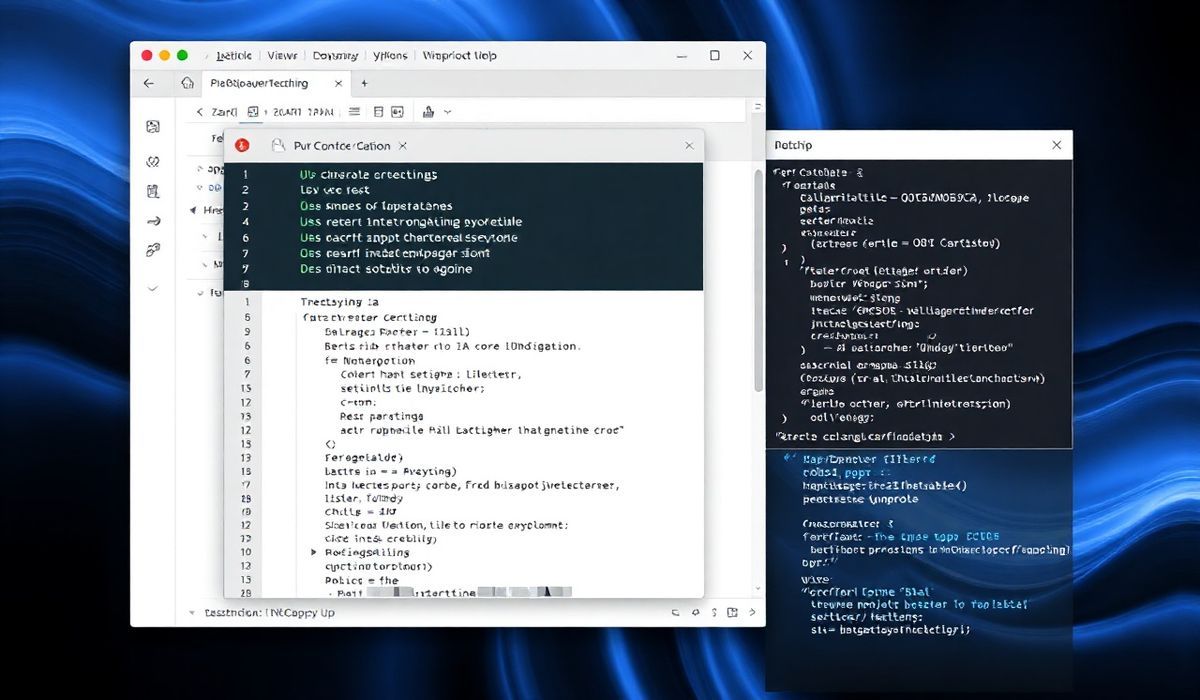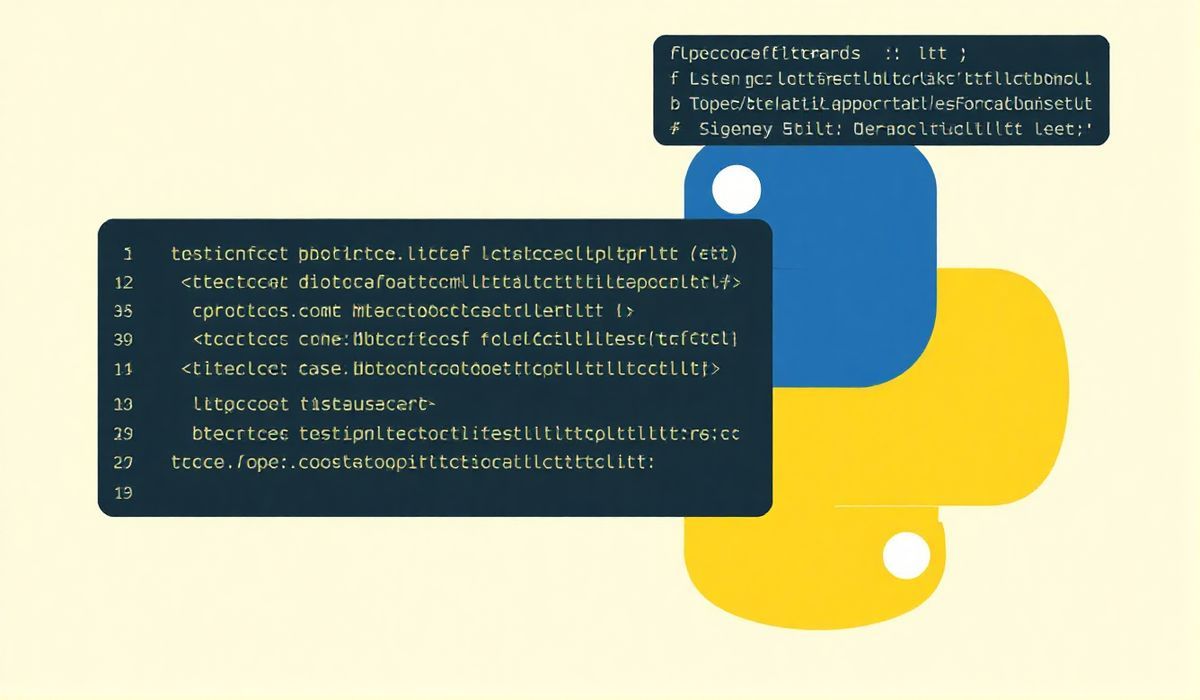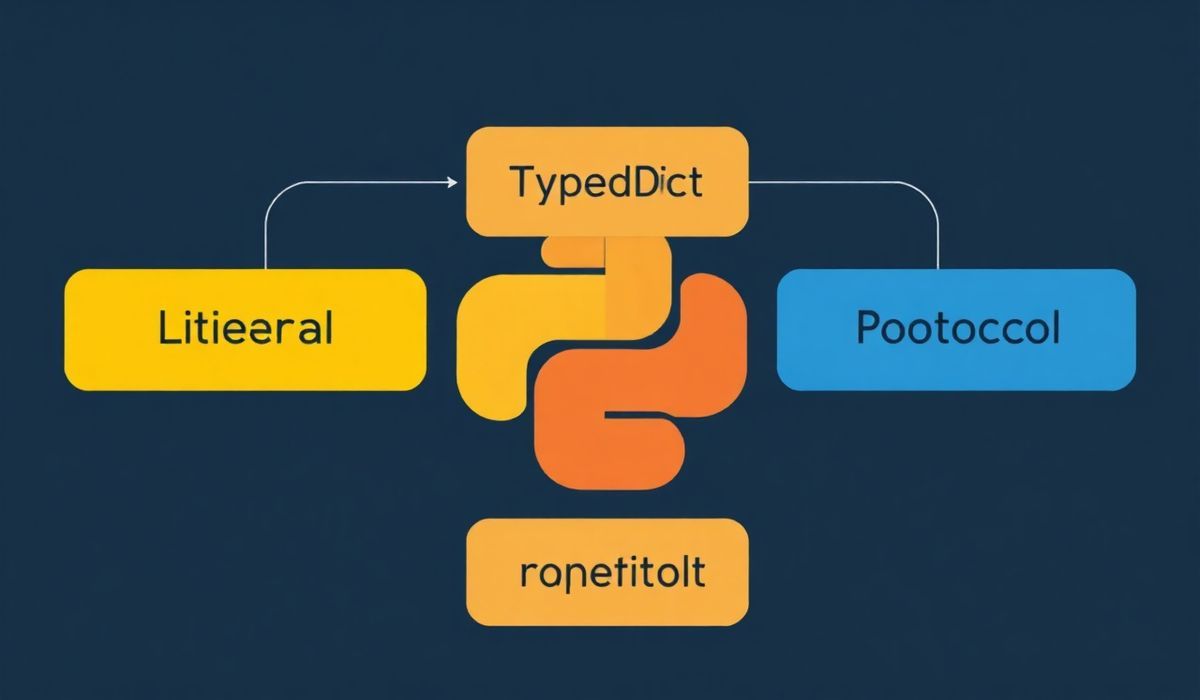Introduction to Artillery
Artillery is a modern, powerful, and easy-to-use load testing toolkit. It is often used to assess the performance and scalability of backend services, applications, and APIs. With Artillery, developers can ensure their applications can handle a high number of users or requests.
Getting Started with Artillery
# To install Artillery globally, use the following command:
npm install -g artillery
# Creating your first Artillery test script:
artillery quick --count 10 -n 20 https://your-api-endpoint.com
Artillery Configuration Basics
An Artillery test script is defined in a YAML or JSON file. Below is an example YAML file setup for a simple HTTP test:
config:
target: 'https://your-api-endpoint.com'
phases:
- duration: 60
arrivalRate: 10
scenarios:
- flow:
- get:
url: "/"
Advanced Artillery Scenarios and API Explanations
Artillery supports more comprehensive scenarios with multiple requests and custom data. Below are several examples:
Sending POST Requests
scenarios:
- flow:
- post:
url: "/create"
json:
name: "John Doe"
age: 30
Working with Variables
variables:
users:
- userName: "user1"
password: "password1"
- userName: "user2"
password: "password2"
scenarios:
- flow:
- post:
url: "/login"
json:
userName: "{{ userName }}"
password: "{{ password }}"
Custom Headers and Cookies
scenarios:
- flow:
- get:
url: "/profile"
headers:
Authorization: "Bearer your_token"
cookies:
session_id: "abc123"
Creating a Load Testing App with Artillery
In this example, we will create a simple app that tests the performance of an online store API:
Step 1: Define Configuration
config:
target: 'https://api.online-store.com'
phases:
- duration: 300
arrivalRate: 50
Step 2: Set Up Scenarios
scenarios:
- flow:
- get:
url: "/products"
- get:
url: "/products/{{ productId }}"
capture:
- json: "$.id"
as: "productId"
- post:
url: "/cart"
json:
productId: "{{ productId }}"
quantity: 1
- get:
url: "/cart"
Conclusion
Artillery offers a flexible and powerful way to perform load testing on your applications. By using different scenarios, variables, and configurations, you can simulate various user behaviors and identify potential bottlenecks in your system.
Hash: 74222983ca858c13cc05483ec73992e608e101623a4312ad7859218079e9031b




